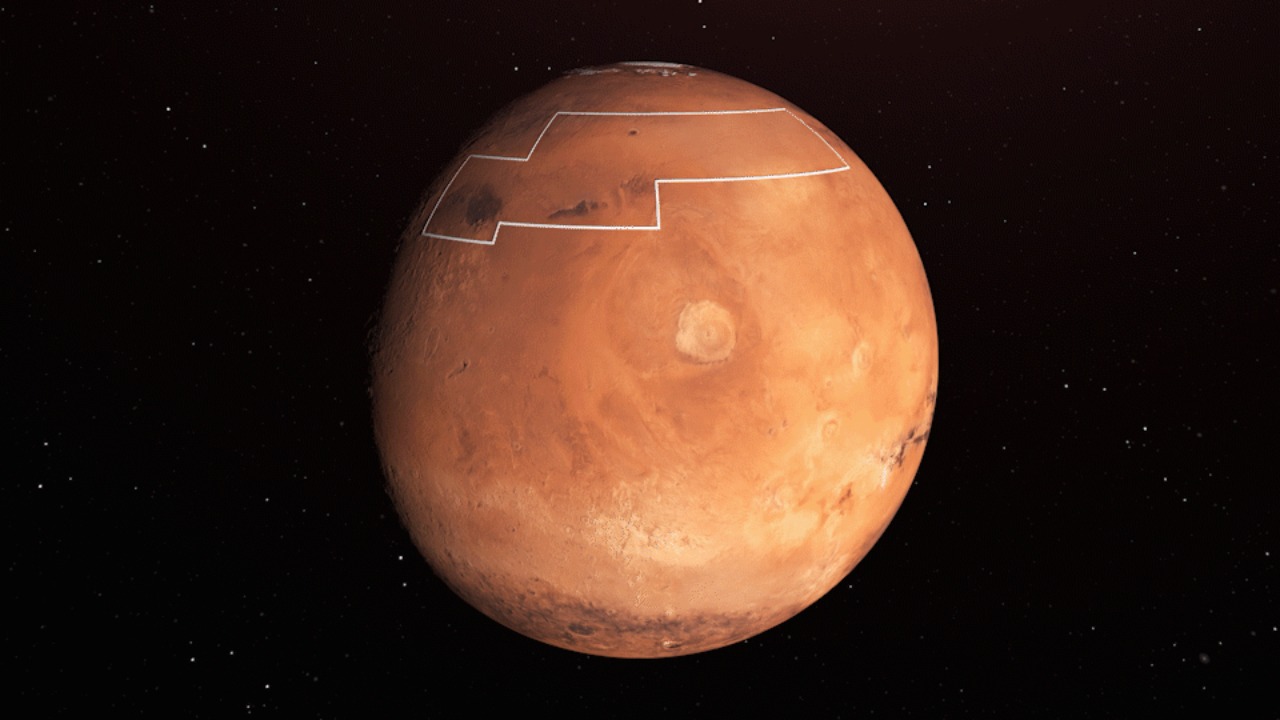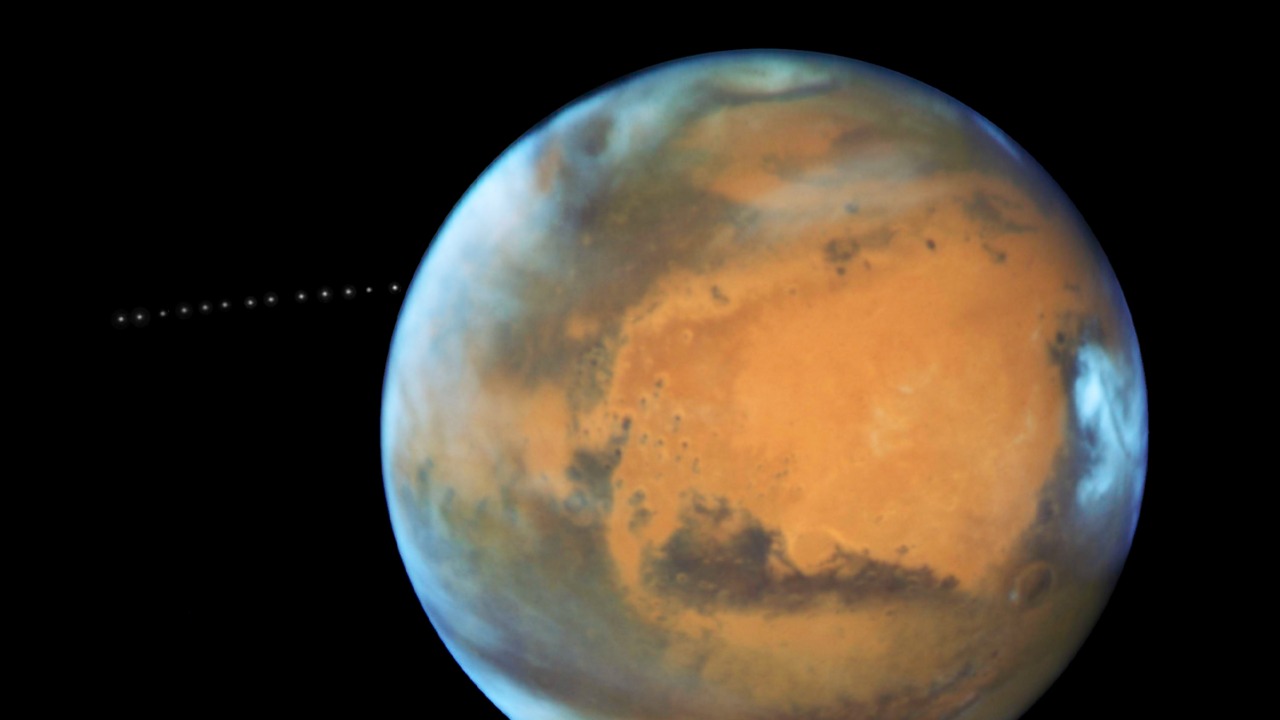
Recent scientific studies suggest a shift in the perception of Mars, commonly considered a barren and waterless planet. The new findings indicate that this may be far from the truth and instead, Mars may have once been home to massive oceans.
Background of the Mars Water Hypothesis

Our understanding of Mars has significantly evolved over the years. The Mars Water Hypothesis was not always widely accepted. It was the discovery of ice caps, as well as evidence of ancient water flows, that first sparked intrigue and led to the development of the hypothesis. These findings, supported by various research, paved the way for a more comprehensive understanding of Mars’ geological and atmospheric history.
While the existence of water in the form of ice caps on Mars is widely accepted today, the idea that the planet might have once hosted large bodies of water was initially met with skepticism. However, the continuous stream of supporting evidence has slowly shifted the scientific consensus. It is now generally agreed that Mars was once a much wetter planet, potentially with a climate that could support liquid water on its surface.
New Findings: Indications of Ancient Oceans

Building on the Mars Water Hypothesis, recent studies have provided compelling evidence suggesting that Mars was not just wet, but may have once housed massive oceans. Using sophisticated radar technology and geological mapping techniques, scientists have been able to identify structures on the Martian surface that resemble those formed by large bodies of water on Earth.
The depth, size, and location of these hypothesized oceans vary, but some estimates suggest that they could have been as large as Earth’s Atlantic Ocean. Most intriguingly, analysis of the Martian topography indicates that these oceans may have featured sandy beaches, as recent reports suggest.
Implications for Life on Mars

The existence of ancient oceans on Mars has profound implications for the possibility of past life on the Red Planet. Life as we know it requires water, and the idea that Mars may have once had large bodies of standing water significantly increases the chances that it might have once harbored life. Scientists are now studying these ancient Martian environments with renewed interest, hoping to glean insights into the planet’s potential to support life.
While it remains uncertain what types of life forms could have survived in these Martian oceans, some speculate that they could have supported microorganisms similar to those found in Earth’s extreme environments. Such life forms, known as extremophiles, are capable of surviving in conditions that would be lethal for most other organisms.
The Future of Mars Exploration

The possibility of large water reserves on Mars presents both challenges and opportunities for future Mars missions. The primary goal of these missions will be to search for signs of ancient life, but scientists will also be interested in collecting samples to bring back to Earth for further study. These findings will undoubtedly guide the direction of future Mars explorations.
Technological advancements play a crucial role in uncovering the secrets of Mars. With the development of more sophisticated rovers and the potential for manned missions, we are closer than ever to understanding the Red Planet. The discovery of potential large water reserves on Mars could revolutionize the way we approach future missions, and even raise the possibility of Mars as a potential site for human colonization.
Debate and Controversy Surrounding the Findings

Despite the compelling evidence, there is still considerable debate within the scientific community about the new findings. Some skeptics argue that the structures identified as ocean beds could have been formed by other geological processes, while others question the reliability of the methods used to detect water.
The current research also has its limitations and uncertainties. For instance, figuring out how Mars could have maintained liquid water on its surface despite its thin atmosphere is a puzzle that scientists are still trying to solve. Contrasting theories about the presence and distribution of water on Mars further fuel the ongoing debate.